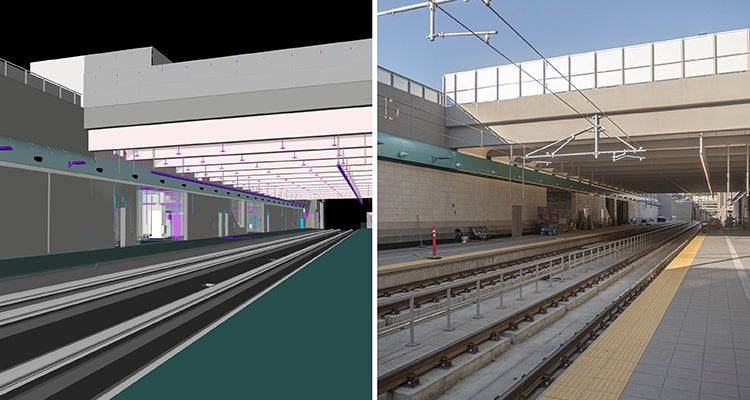Accelerating Construction of Complex Transit Programs Through Digital Delivery
Metro Magazine Highlights HDR’s Work in BIM and Transit

The use of Building Information Modeling in the construction phase of projects has fundamentally changed the efficiency of work and streamlined the process for getting actionable answers to the contractor. Transit agencies with an eye toward the future can follow the lead of vertical architecture and embrace the efficiencies and benefits — improved risk mitigation, time and cost savings — that come with digital delivery.
HDR’s Justin Garrod and Cameron Schaefer co-authored an article exploring the use of BIM in complex transit projects, using three of HDR’s major projects as case studies.
“Early adoption and implementation can be tailored to an agency’s needs — either from the start of a complex project or to solve a specific problem during design or accelerated project delivery,” they said. “Either scenario benefits the agency and the industry in advancing the use of digital delivery to reduce risks, enhance delivery performance, and improve outcomes for everyone.”
They highlighted digital delivery work on Sound Transit’s East Link Extension in Bellevue, Washington, Los Angeles World Airport’s Automated People Mover and Metrolinx’s Ontario Line in Toronto to show that BIM is helpful whether used in a limited way or throughout a project or program.
Read their article, “Accelerating Construction of Complex Programs Through Digital Delivery,” in the October 2022 issue of Metro Magazine.





